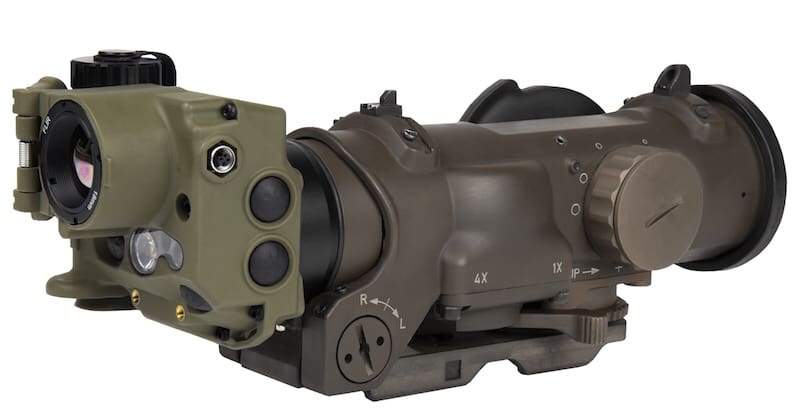SureFire Field Notes is a multi-segment informational video series with tips and techniques from subject matter experts of all backgrounds. In this episode, Buck Doyle of Follow Through Consulting discusses his core tenants of gunfighting.
Buck Doyle served over 21 years in the US Marine Corps, including 17 years and multiple combat tours with Special Operations units. As a Reconnaissance Marine attached to 1st Force Recon, 1st Recon BN, and MARSOC units, Doyle served as Team Leader, Platoon Sergeant, and Chief Instructor at Special Missions Training Branch. He has current, extensive experience in hostile fire/combat zones in the Middle East, Africa, and Asia. Doyle retired from the Marine Corps a Master Sergeant with multiple awards, including the Bronze Star (with Valor).
In 2010, Buck founded Follow Through Consulting, LLC, and spent four years contracting with the Department of Defense as a member of the Joint Expeditionary Team (JET), advising and assisting combat units in Afghanistan. Follow Through expanded its training capabilities in 2014 to include law enforcement and qualified civilians in addition to military units and began consulting with corporate clients in the areas of leadership, team building, and product design/development & testing. More recently, Follow Through has added technical advising and training to cinema/television clients to its capabilities, with Buck providing intensive weapons training to lead cast members of USA Network’s “Shooter,” as well as serving as a technical advisor on the set of Dwayne “The Rock” Johnson’s summer blockbuster, Skyscraper.
www.followthroughconsulting.com


































































































































